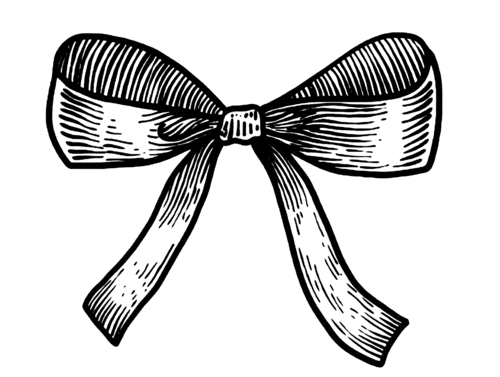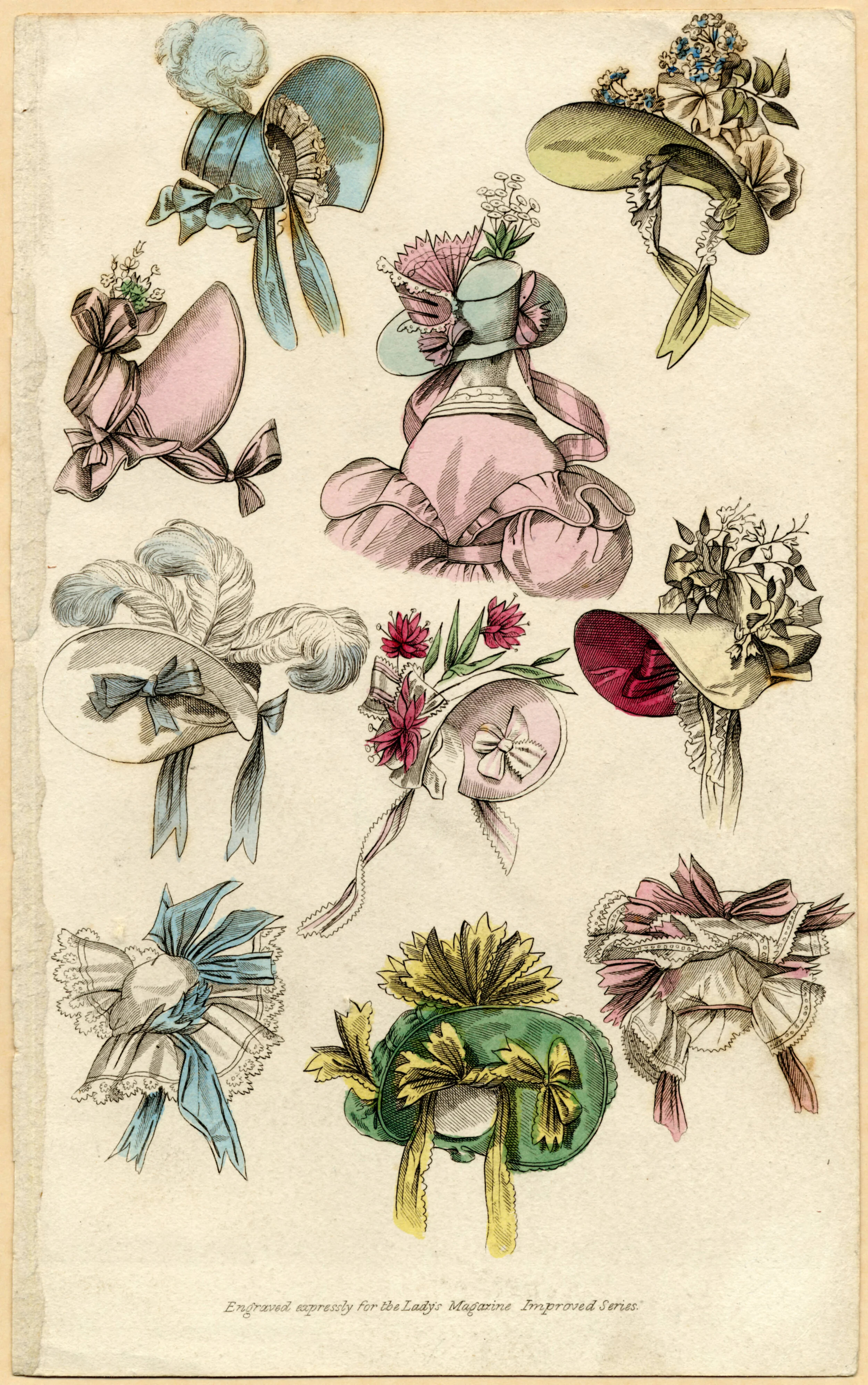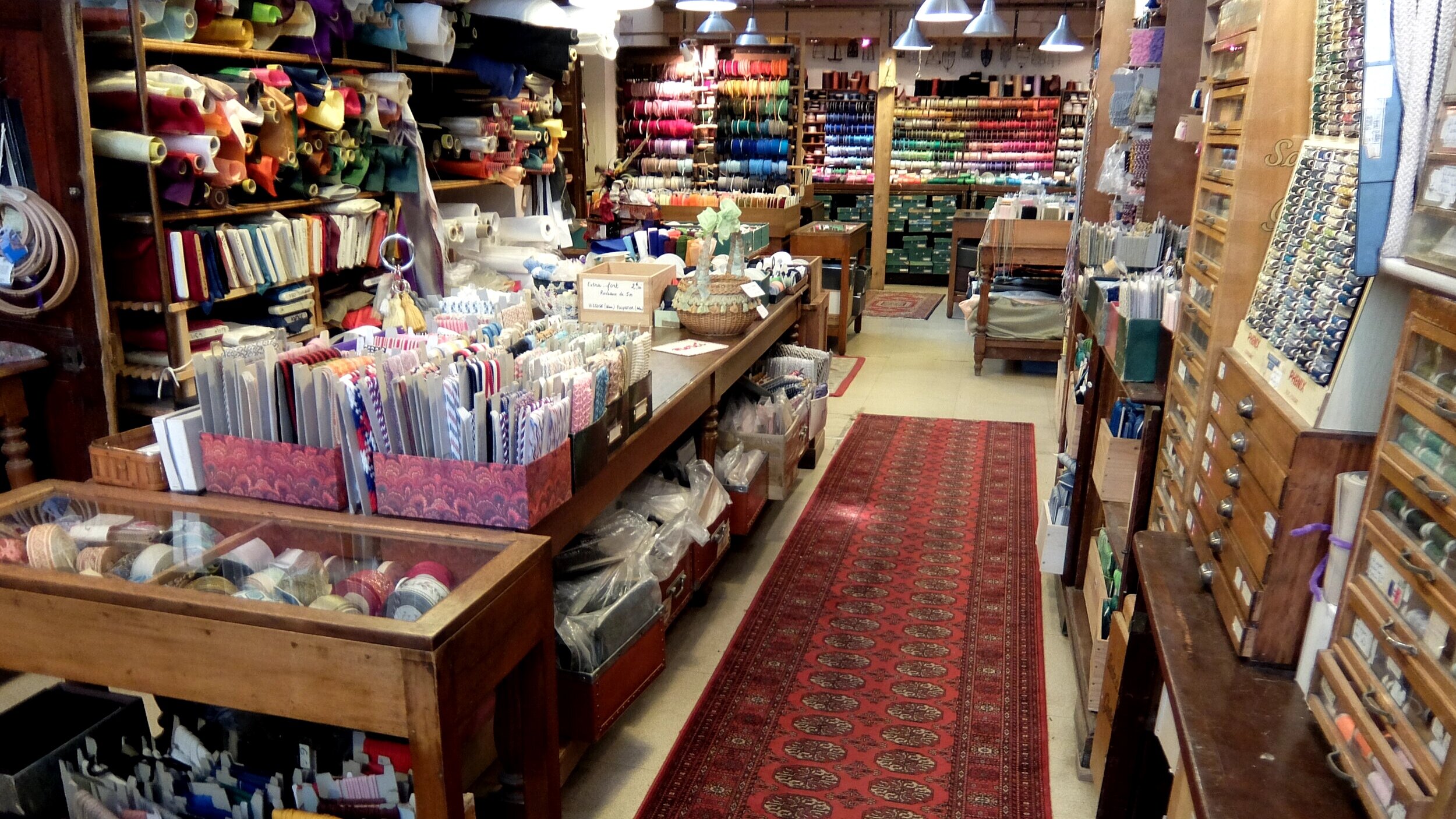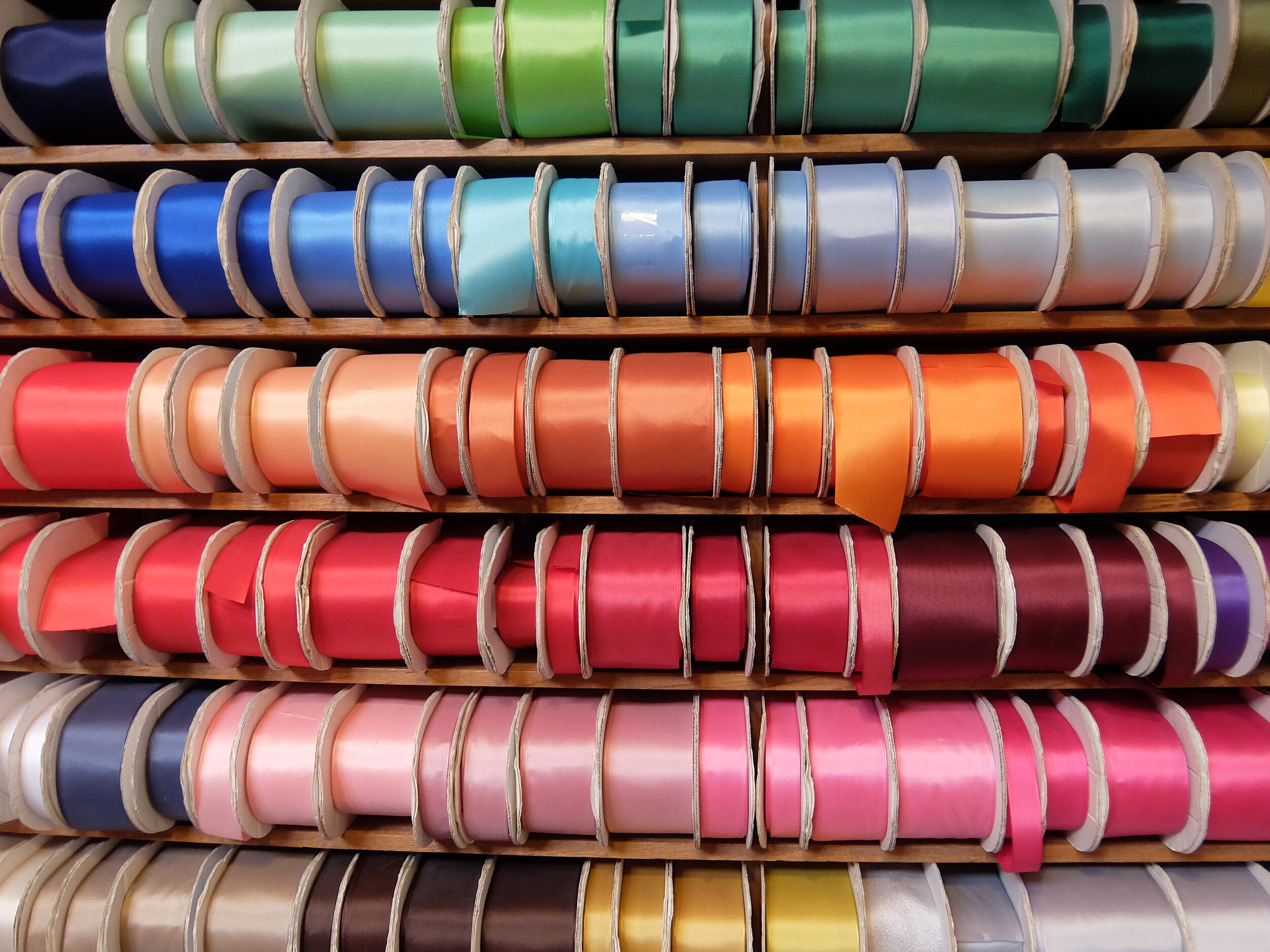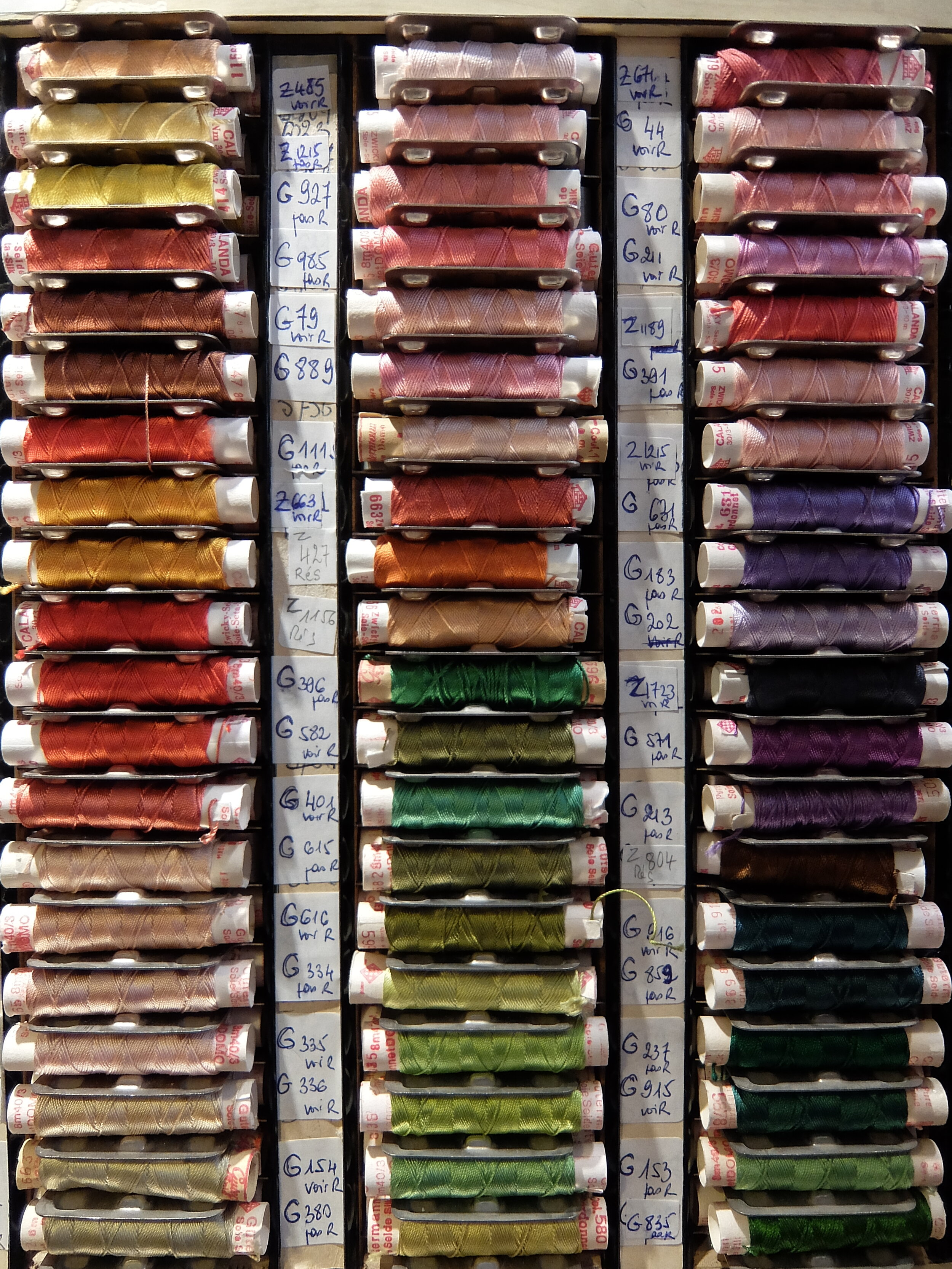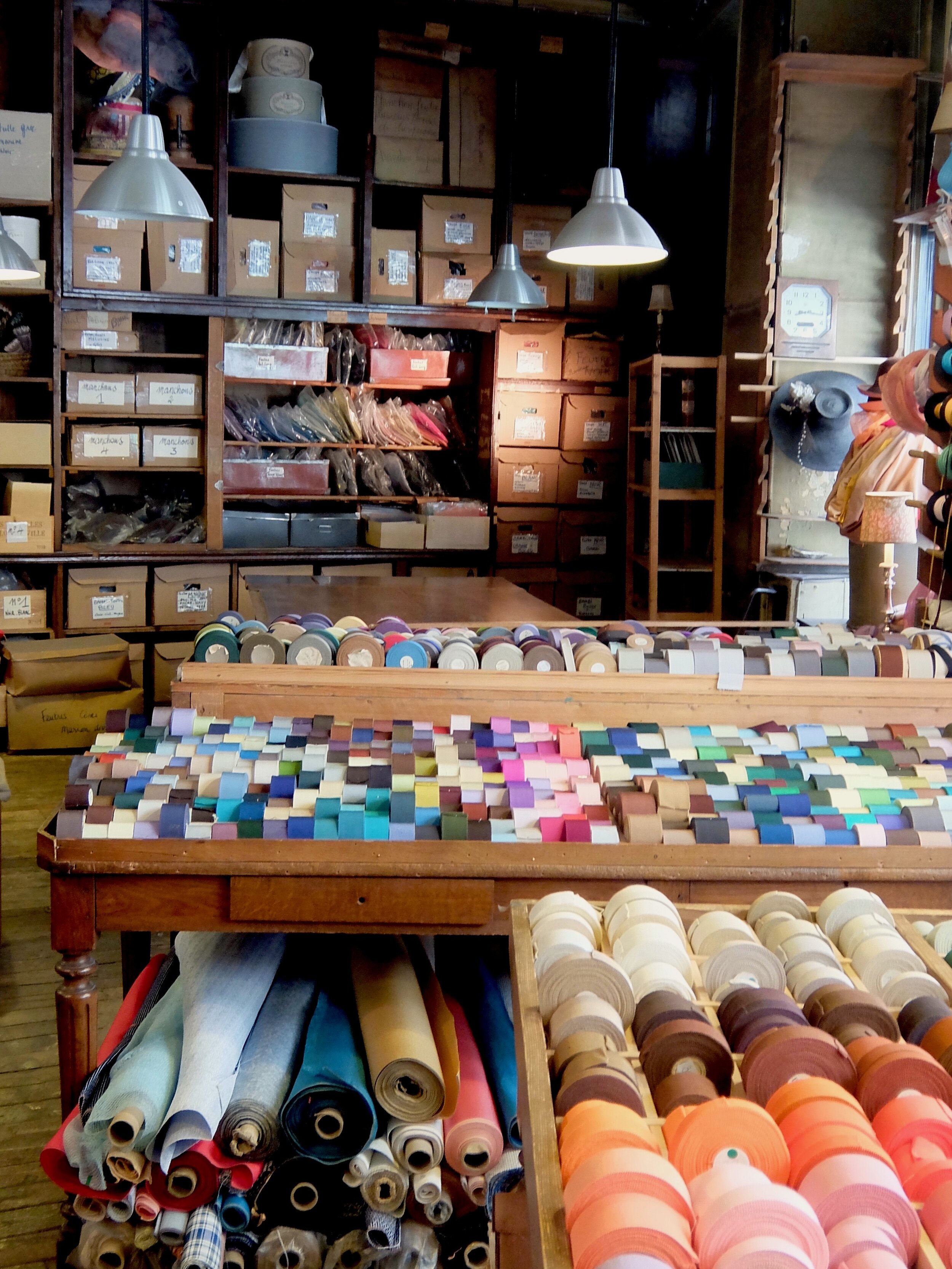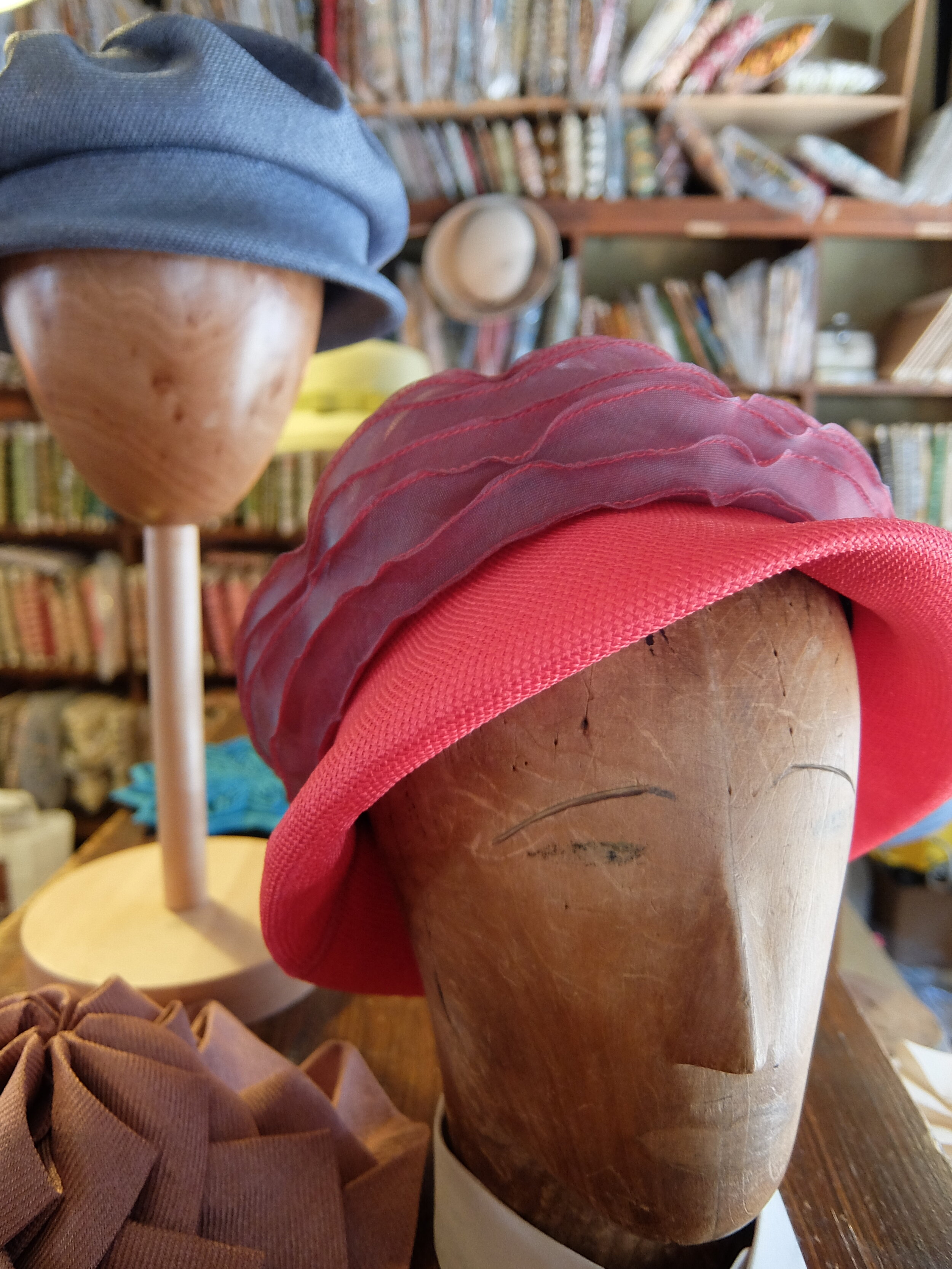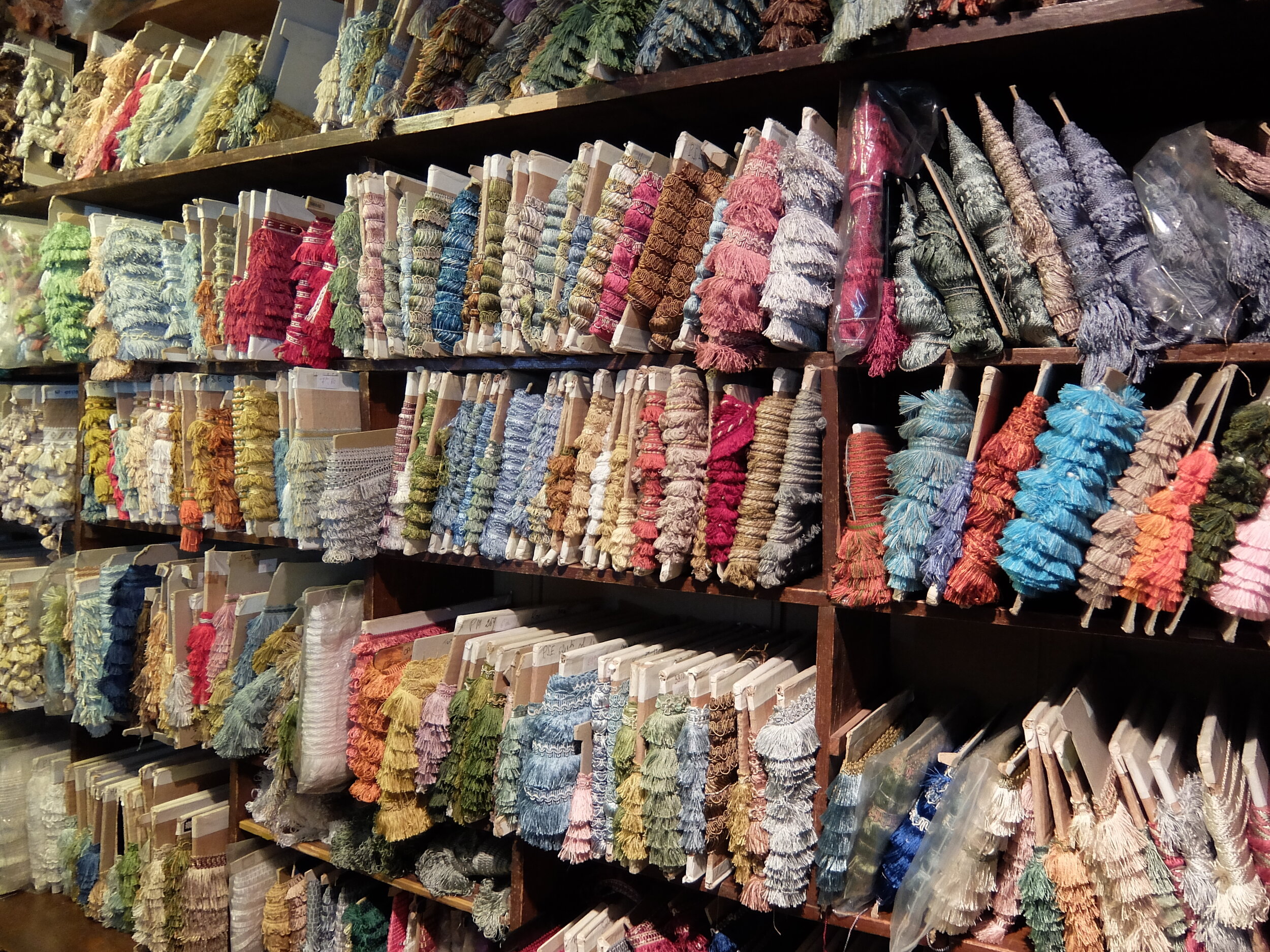Ultramod: The Oldest Haberdashery in Paris
La Demoiselle de Magasin (The Shopgirl), James Tissot, 1883-85
La Modiste Sur Les Champs Elysées, Jean Béraud, 1880s
The hat-making district of Paris was just a few steps beyond the cradle of Haute Couture fashion at Opéra Garnier and Rue de la Paix. In 1832, a new boutique called Ultramod opened its doors to supply discerning milliners, or modistes, with the finest materials needed to make hats for fashionable ladies; felt forms in wool and fur, sisal, buckram, sinamay, grosgrain, silk-flowers, exotic feathers, ribbon, and silk voilettes.
Fashionable Parisiennes knew the importance of a good hat, it wasn’t an afterthought or a last-minute accessory, it was the crowning glory of their ensemble. A trip to the milliner required time, good taste and trust between the client and the vendor. The design consultation was lengthy, starting with the occasion, at that time women might have four to five changes of outfit per day and a hat worn to the Opéra would not be appropriate for a promenade in the Tuileries Gardens. Further decisions ensued; the shape of the hat, the base material, the colour scheme and finally the accessories; feathers, flowers, ribbons, lace, tulle. The discerning client depended on the milliner to be up-to-date on the latest fashions and the milliner depended on her artisans to supply her with the finest quality materials.
L-R: The Ladies Magazine, 1830; Petit Courrier des Dames, 1830; Fashion Plate, 1830; The Delineator, 1905. Images sourced: Claremont Colleges Library & The Costume Institute, Metropolitan Museum of Art
Mercerie
Ultramod, Textile Tours of Paris, 2024
Habit de Mercier, Nicolas Larmessin, Collection de Costumes Grotesques, 17th century, Histoires Galantes.
Ultramod enjoyed success and when the time came for the son to succeed his father, he expanded the business and opened a haberdashery on Rue Choiseul in 1920. A haberdashery sells small notions particular to sewing such as needles, pins, scissors, threads, buttons, zips as well as passementerie trimmings such as ribbon, lace, braiding and sometimes small selections of fabric.
In French the term is Mercerie and King Louis IX is the patron saint of Merciers. It is said that merciers sell everything but make nothing (vendeurs de tout, faiseurs de rien)! Like the milliner, the knowledgeable haberdasher would take the time to advise their discerning customers on fashionable trends, good taste and quality materials needed to replicate the latest looks in printed fashion plates.
The engraving seen here is by Nicolas Larmessin who created Collection de Costumes Grotesques in the 17th century, depicting the imagined ‘costumes’ or uniforms of professions and trades (more to come on that later!). We see a French merciers selling all manner of threads, ribbons, wool, fabric buttons, fans, handkerchiefs, pins, whalebone and much more!
Both of the Ultramod boutiques are still there today, the Mercerie and the Chapellerie (Fournisseurs des Modistes), mirror each other across the narrow street with their dark green wooden facades and large glass window displays. Anne-Marie and Jean-François Morin bought both boutiques in the 1990s and today their daughter-in-law, Madame Anne Christine Morin, ensures that customers are welcomed with the same charm, friendly customer service and savoir-faire as in bygone days. No doubt this is why Ultramod is the oldest haberdashery in Paris today…
Ultramod, Textile Tours of Paris, 2024
The old-world atmosphere of the boutique is captivating; an antique cash register at the end of a long wooden counter; walls hung with original fashion plates from the 19th century, vintage sewing machines on top of cabinets. Wooden shelves are stacked with boxes of buttons, beautifully organised by colour and material, neatly indexed with examples on the front; ceramic, enamel, mother-of-pearl, metallic, velvet, jewel, horn, plastic, fabric, novelty and more. A well-worn rug leads the way to wooden display cases filled with all manner of passementerie; braiding, piping, tassels, pom-poms, fringing, continuing on through soutache, grosgrain, lace and a rainbow of satin ribbons.. The suspended ceiling lamps cast a warm glow on the sumptuous colours of the vintage silk velvet ribbons from St Etienne.
A large wooden work table invites you to unfold the bolts of vintage silk Duchess satin and rustling taffetas woven in Lyon until the 1950s, the folds of the fabric casting richly nuanced tones on the colours. The exquisite quality of the vintage ribbons and satins are a feast for the eyes, but if your hand happens to reach out involuntarily, your fingers will delicately touch a silk velvet softer than you have ever imagined. Underneath the table, boxes of silk flowers are arranged by colour, the blossoms and blooms conjure romantic images of sashes, slippers, and hats.
Ultramod, Textile Tours of Paris, 2024
Buttons are the first thing you will notice as you enter, with shelves stacked with boxes of wooden buttons, ceramic buttons, gold buttons, velvet, jewel, shell, plastic, fabric, novelty, buttons and then more buttons. The examples are neatly indexed on the front of the boxes and organised beautifully into colours, sizes, materials. If you find order, storage and colour-coordination pleasing and calming, this is the place for you!
If you are looking for embroidery thread the full range of DMC colours are displayed in a cardboard fold-out portfolio, and once you have selected your colours their individually numbered boxes will be retrieved from the shelves and you can remove your thread from their protective tissue wrapping. Your eye may be caught by the subtle lustre of precious silk threads in a display case. If you slowly open the drawers they reveal the finest silken threads with an almost pearlescent glow and wound on wooden spools from Au Ver à Soie, a French company founded in Paris in 1820. Amongst these delights you will also find the celebrated Fil au Chinois linen threads, Fil à Gant waxed cotton thread, Bohin needles and every other sewing notion you can imagine!
Chapellerie
Amelie Matisse, Henri Matisse, 1905
The French word for a milliner is Modiste, and there have been many famous women who began their careers as modistes including the Duchess du Barry, Jeanne Lanvin and Coco Chanel! Amélie Matisse worked as a milliner on the nearby Rue du Chateaudun and it is thought that her sense of colour was a great influence on her husband, the painter Henri Matisse.
This is easy to understand when you cross the street and enter the milliners supply store, greeted by elegant polished wooden blocks sporting hats for every occasion.
Beneath the large tables boxes are filled with gossamer silk veiling, or voilette. The shelves are lined with an endless selection of colourful felt forms, ready to be moulded to bespoke measurements and packaged in a traditional hatbox. And for that final flourish, a choice of feathers and silk flowers to add a certain je ne sais quoi!
Across the street in the milliners supply, shutters creak open to reveal the original boutique. Treading softly on well worn parquet floors, there are even more vintage treasures, boxes filled with gossamer silk voilettes in delicate designs, perfectly preserved feathers and shelves lined with heavy wooden hat blocks. A colourful library of the softest wool and fur felt forms in their archive sleeves, ready to be moulded to bespoke measurements and packaged in a traditional hatbox. Beneath the long tables there are endless bolts of woven straw, sisal, buckram, sinamay. Teetering piles of pastel tops and brims, waiting to give elegant shade in the summer.
The fashion for hats and many other accessories like gloves changed dramatically in the 1960s and it seems that time stood still in the Modiste supply. Ultramod diversified and began stocking passementerie for upholstery, a floor to ceiling library of all the trimmings, curtain ties and ring pulls you might need for your chateau!
When the Morin family purchased the premises they had the foresight to purchase the original stock. Nowadays many of the materials are no longer produced in France and the vintage stock has become another part of the valuable heritage encapsulated by Ultramod.
